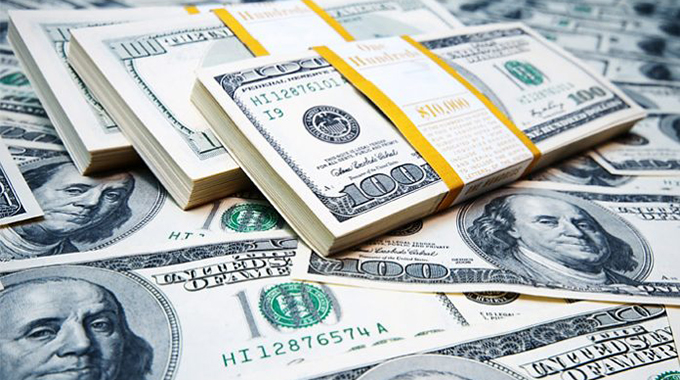‘Forex major driver of beef price’

Business Reporter
A multiplicity of costs, including the significant component of foreign currency denominated inputs, have been key factors in driving the domestic beef prices, a snap survey by industry has revealed.
This comes as the Government is preparing to probe cost drivers after prices of a number of basic commodities, mainly cooking oil, maize meal, flour, beef, chickens and milk went up significantly over the last two or so months.
According a “sneak peek” into cost drivers of the price of beef, done by Confederation of Zimbabwe Industries (CZI), multiplicity of costs and increases in input prices have seen beef prices sky-rocketing.
CZI, Zimbabwe’s largest industrial lobby group, said the beef cattle are fed on an expensive tenderising diet of manufactured feeds from imported grains, soyameal, vitamins and minerals. The cattle also consume irrigated hay bales “generously” coated with imported molasses from Mozambique “because our molasses is fuelling our cars” (converted to ethanol).
Zimbabwe is blending petrol with ethanol at 80 – 20 ratio respectively.
“The import bill of feed raw materials rose by 20 percent in SADC because Zimbabwean livestock was competing for grains against Zimbabwean humans for limited stock in a short regional and global market,” CZI noted.
The country needs close to two million tonnes of cereals for both human and animals feeds annually and in most cases there is a deficit covered by imports.
Domestic beef prices have also reportedly bulked due to uncoordinated private sector strategy, where Zimbabwean companies bid against Zimbabwean companies for limited stocks of grain in SADC.
Local private sector companies could, in order to lower costs of importing grain, bargain as one and place one big national order. Beef prices have also been driven by huge increases in transport and fuel costs, as abattoirs spend time running around villages looking for scarce beef cattle.
It has been established the majority of small abattoirs do not have capacity to bid for foreign currency at the Reserve Bank of Zimbabwe run auction system and therefore settle for the unofficial market where they receive it at premiums between 30 and 40 percent compared to official rate of 83 to one US dollar.
Prices have seen massive inflation on the back of huge increases in regulatory costs of compliance like village cattle levy, rural district council (RDC) levy and veterinary movement permits.










Comments